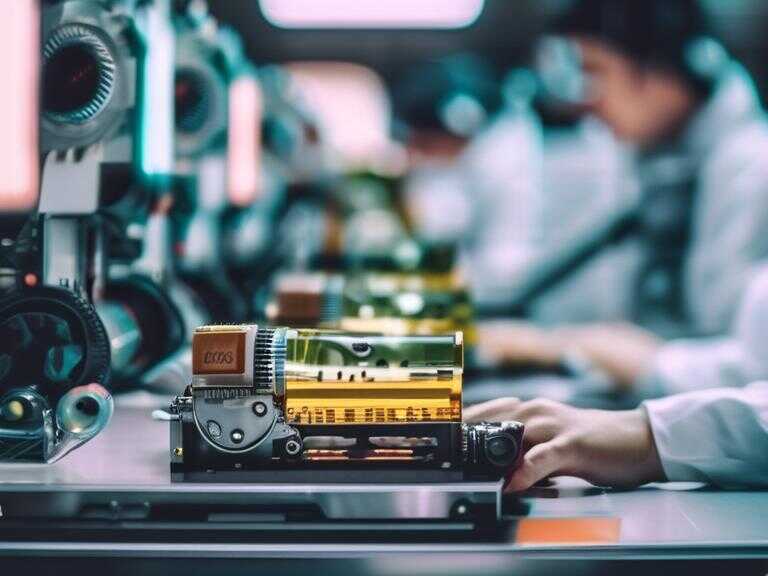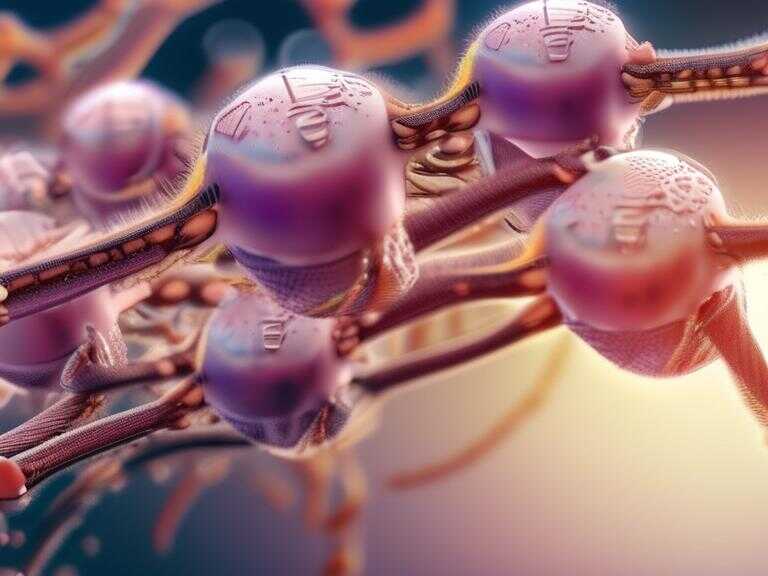
SpaceX to Develop Custom Deorbit Craft for International Space Station Retirement
SpaceX is developing a modified Dragon spacecraft to safely de-orbit the ISS over the ocean, using a custom-built vehicle.

SpaceX is in the process of developing an advanced model of the cargo Dragon spacecraft to facilitate the deliberate de-orbiting of the International Space Station (ISS), scheduled for the 2030s. This plan was confirmed by NASA and company representatives. The de-orbit vehicle, known as the ISS Deorbit Vehicle (DV), is a unique spacecraft specifically designed to ensure the controlled re-entry and breakup of the space station over an uninhabited area of the ocean.
Innovative Development
The ISS Deorbit Vehicle is a one-of-a-kind spacecraft being constructed to precisely maneuver the ISS into the Earth's atmosphere at a predetermined location and orientation. The primary objective is to guarantee that any debris surviving the re-entry heat will land safely in the ocean. The DV will be equipped with approximately 35,000 pounds of propellant and 46 Draco rocket engines to facilitate the controlled de-orbiting maneuvers.
Financial and Operational Aspects
NASA recently awarded a contract to SpaceX for the construction of the deorbit vehicle, with an estimated value of up to $843 million. The space agency is also seeking a total of about $1.5 billion from Congress to fund the entire de-orbit operation. The de-orbit vehicle will be owned and operated by NASA, and the selection of the heavy-lift rocket required for its launch is currently underway.
Complexities of the International Space Station
The ISS is a massive structure, with its pressurized modules and solar arrays spanning significant distances. It has a combined mass of 925,000 pounds and travels at a speed of 17,100 mph. Given its size and orbital velocity, the de-orbiting process requires meticulous planning and precise execution. The deorbit vehicle needs to have the capacity to operate in conjunction with the space station for approximately 18 months before initiating the final de-orbiting maneuvers.
Project Timeline and Operational Procedures
Dana Weigel, the ISS program manager at the Johnson Space Center, outlined the timeline for the de-orbiting process. The U.S. deorbit vehicle will be launched about one-and-a-half years prior to the final re-entry burn. It will dock to the forward port of the ISS, undergo a series of checkouts, and, after ensuring its readiness, facilitate the controlled descent of the space station.
The final crew aboard the ISS will remain on board until the lab's altitude is gradually lowered, marking a significant milestone in the de-orbiting process. The de-orbit vehicle will then initiate a series of carefully orchestrated maneuvers to position the ISS for its final re-entry into the Earth's atmosphere.
Environmental Safety Measures
To mitigate the risk of debris landing in populated areas, the de-orbit vehicle will ensure that the space station breaks up and re-enters over an uninhabited stretch of the ocean. The plan is to target remote areas of the South Pacific Ocean, with a specific 1,200-mile-long "footprint" identified for the anticipated splashdown of surviving debris.
Advanced Technology and Operational Requirements
The de-orbit vehicle necessitates a substantial increase in usable propellant, as well as enhanced power generation and storage capabilities compared to the current Dragon spacecraft. The need for a prolonged operational duration in orbit further underscores the technological and operational complexities associated with the de-orbiting process.
The deliberate de-orbiting of the International Space Station represents a significant undertaking, requiring precise planning, technological innovation, and collaborative efforts between NASA and SpaceX. The development of the ISS Deorbit Vehicle marks a crucial step toward ensuring the safe and controlled conclusion of the space station's operational lifespan.
Share news















